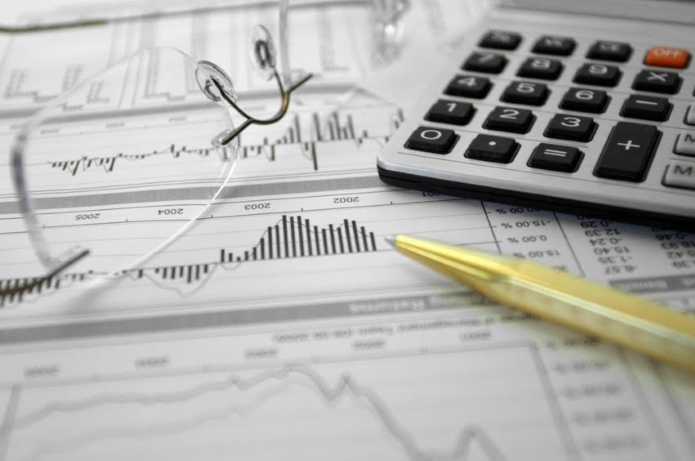
Although Forex traders typically combine the technical analysis approach, where all future price predictions are derived strictly from price charts, with the fundamental approach, where economic news and seasonal factors receive more consideration, they sometimes look for repetitive price formations known as “chart patterns.” Technical traders continuously look for these chart patterns when planning, executing and managing trades.
The theory behind chart patterns is that prices will act in a similar fashion to the way they did in the past where the same chart formation developed.
Important Caveat Regarding Price Chart Patterns
Just as it is possible to look at the stars in the sky and connect them in some arbitrary pattern, and then give that pattern a name to wind up with a constellation, Forex price charts can be interpreted just as arbitrarily and given a name. All technical traders, observing prices on a chart, see the same thing, but often respond differently. If this were not true, there would be no markets, because a pattern that, for example, indicates a short position would have only sellers. Without buyers taking the opposite opinion, there would eventually be nothing to sell.
The Head and Shoulders Trading Pattern
The head and shoulders pattern is easy to identify on any Forex price charts, such as those supplied by the Forex Broker AlfaTrade. It vaguely resembles a crude drawing of a person’s silhouette from the chest up. A head and shoulders top pattern is formed when prices rise to a new high, and then retreat before rising above the high the previous high. The first high is called the left shoulder. The second high forms the head. It looks like a pointed head in most instances, but could be formed by several bars or candles of approximately the same value, giving the head a rounded appearance. Prices then retreat again and if a true head and shoulders pattern, they retreat to nearly the same level that formed the trough between the left shoulder and the head before rising to near the same level that was the high of the left shoulder.
The variation on this formation happens when the opposite happens and the shoulders and head form around a bottom or low price. This will be called a head and shoulders bottom.
Trading the Head and Shoulders Pattern
For a head and shoulders top pattern, traders will often draw a trend line that connects the lows of the two shoulders. If and when the right shoulder forms, they will buy support when the trend line is touched from above, but they are most frequently looking to sell when the trend line is broken to the downside. The tactics for a head and shoulders bottom would be the exact opposite.
The trend line connecting the shoulders on either a head and shoulders top or bottom is seldom perfectly horizontal. A trend line rising to the right possibly indicates a uptrend and traders will typically look for buying opportunities, unless there are quite compelling reasons to consider a short, during the formation of a head and shoulders top pattern. A trend line descending to the right in a head and shoulders top will possibly reveal a downtrend, which favors looking for selling opportunities. The exact opposite pertains to a head and shoulders bottom.
Problems with the Head and Shoulders Pattern
The head and shoulders pattern is seldom encountered with any of the major Forex currency pairs, regardless of what time period is being used for analysis. The biggest problem is that the right shoulder never forms correctly, as traders looking for the pattern to complete will often enter positions that cause prices to fail to form the right shoulder.
Forex pairs more often form another pattern, the “flag” or “pennant” pattern in which a rapid and dramatic price shift of one or two bars forms a “pole.” The formation of these poles is often followed by a series of bars or candles where prices do not fluctuate very much. Traders who miss the formation of the pole and get caught by the flag or pennant, even if they correctly pick the top or bottom, generally experience extended periods alternating between small losses and profits.
Conclusion
Repeating chart patterns offer a valid way to analyze markets, but since they are so arbitrary, trading them requires the use of other signals and indicators to confirm the patterns. They also require some degree of trader experience and intuition, because if they were infallible, everyone would do the same thing, in which case there would not be any traders to take the opposite position and cause prices to rise or fall.





